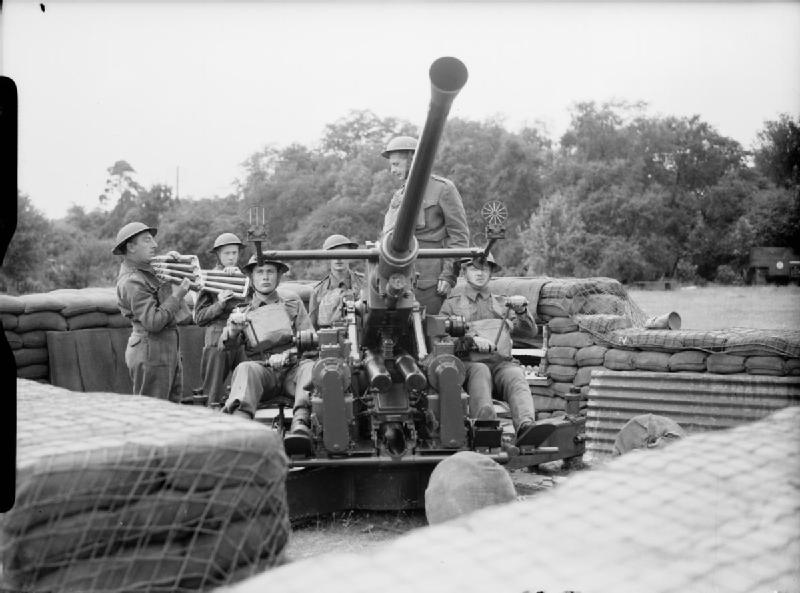|
Manx Regiment
The Manx Regiment – the 15th (Isle of Man) Light Anti Aircraft Regiment, Royal Artillery – was raised in 1938 as a Territorial Army (TA) unit of the British Army. It recruited on the Isle of Man and formed part of Anti-Aircraft Command at the outbreak of World War II. The regiment was posted to the Middle East in November 1940, serving in the Western Desert, East Africa and Crete (where one of its batteries was lost). In August 1942 it became the air defence regiment for the 7th Armoured Division (the 'Desert Rats'). It served with the division through the North African, Italian and North West European campaigns. It was reformed in the postwar TA as 515 (Isle of Man) Light Anti-Aircraft Regiment before being reduced to a staff troop in 42nd (Lancashire) Division in 1955. Origin In 1938, during the period of international tension preceding World War II, the TA began to raise specialist Light Anti-Aircraft (LAA) regiments of the Royal Artillery (RA), to ... [...More Info...] [...Related Items...] OR: [Wikipedia] [Google] [Baidu] |
Royal Artillery
The Royal Regiment of Artillery, commonly referred to as the Royal Artillery (RA) and colloquially known as "The Gunners", is one of two regiments that make up the artillery arm of the British Army. The Royal Regiment of Artillery comprises thirteen Regular Army regiments, the King's Troop Royal Horse Artillery and five Army Reserve regiments. History Formation to 1799 Artillery was used by the English army as early as the Battle of Crécy in 1346, while Henry VIII established it as a semi-permanent function in the 16th century. Until the early 18th century, the majority of British regiments were raised for specific campaigns and disbanded on completion. An exception were gunners based at the Tower of London, Portsmouth and other forts around Britain, who were controlled by the Ordnance Office and stored and maintained equipment and provided personnel for field artillery 'traynes' that were organised as needed. These personnel, responsible in peacetime for maintaining the ... [...More Info...] [...Related Items...] OR: [Wikipedia] [Google] [Baidu] |
